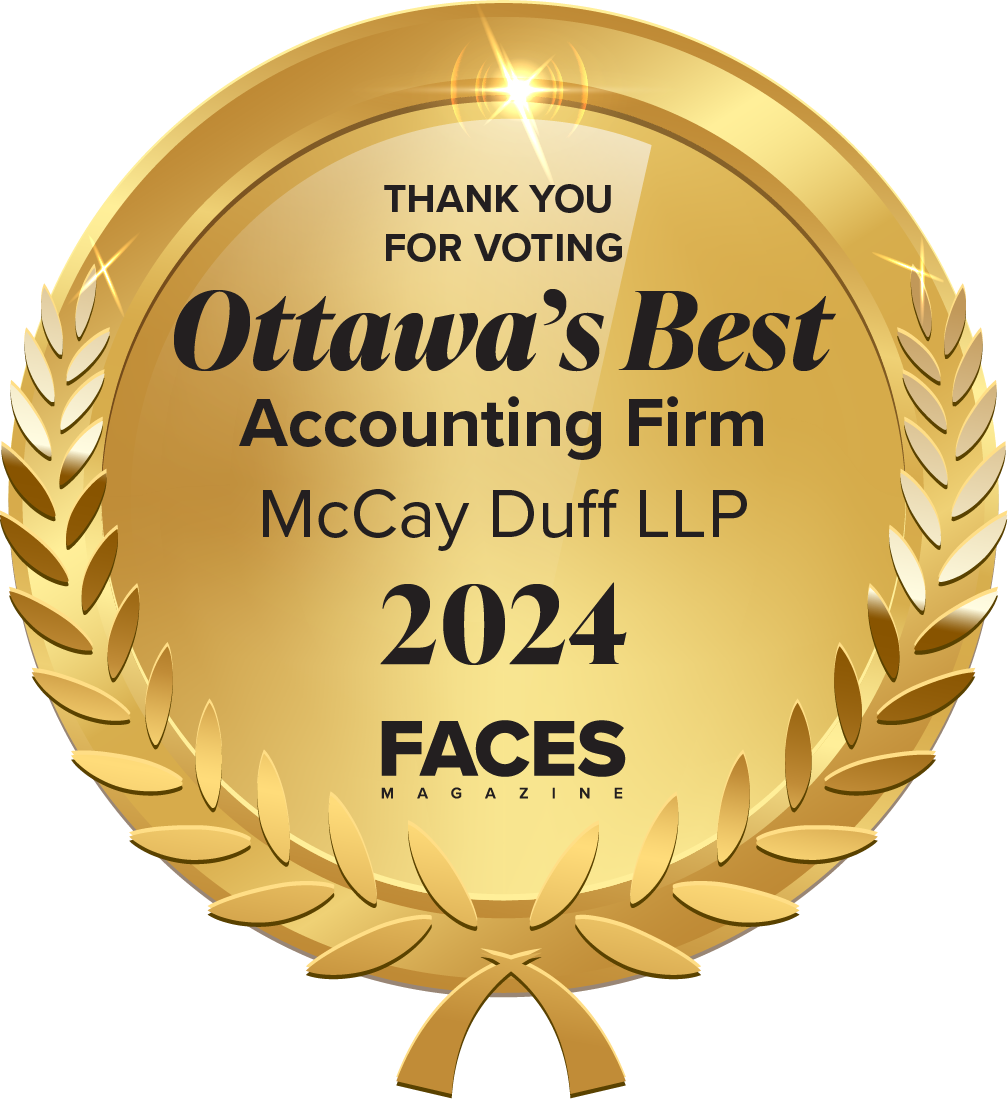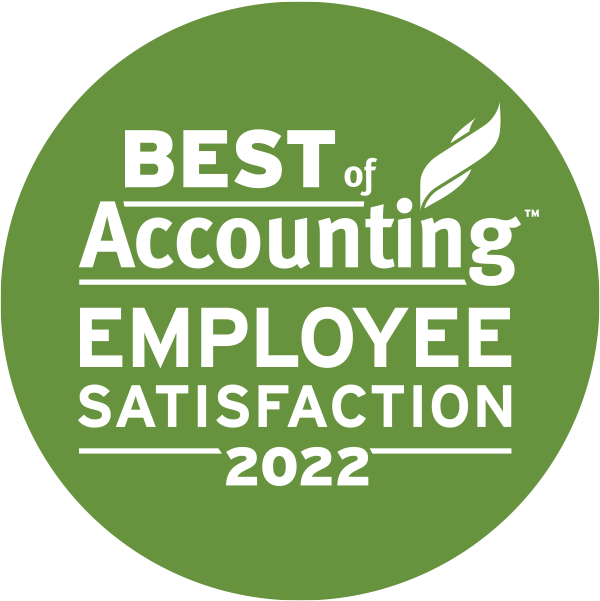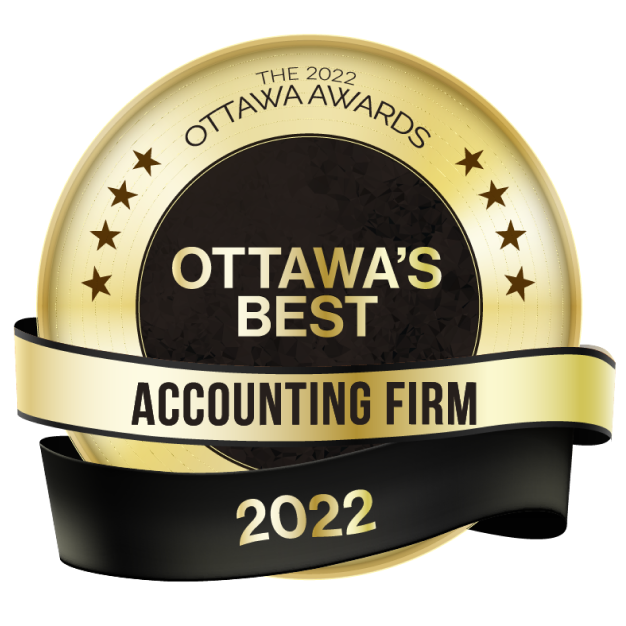Planning your investments for short—and long-term financial goals requires an understanding of investment instruments like stocks, bonds, ETFs, and GICs. However, most people make the common mistake of not considering the tax implications when making investment decisions. Then, the Canada Revenue Agency (CRA) claws back a significant portion of their investment income. A Tax-Free Savings Account (TFSA) is a tax-efficient way to generate wealth and meet long-term financial goals. However, small planning mistakes could reduce its tax benefits.
In this article, we will discuss common investment planning mistakes and how to avoid them to maximize your TFSA.
Mistake 1: What Is Your TFSA Contribution Room?
The first step in TFSA planning is contributing money. The CRA sets an annual contribution limit. For 2025, it’s $7,000. However, your contribution room can be higher than $7,000 if you haven’t used last year’s contribution and/or made withdrawals in the past year.
For instance, John made a TFSA contribution of $5,000 in 2024. On January 1, 2025, a fresh contribution limit of $7,000 was added to his TFSA, and the $2,000 unused 2024 contribution was added to the 2025 contribution room. John can contribute $9,000 in 2025.
Take another scenario. John contributed $7,000 and exhausted his 2024 contribution room. However, he withdrew $3,000 before December 31, 2024. His 2025 TFSA contribution will be $10,000 ($7,000 + $3,000). Note that withdrawals in 2024 will increase your contribution room from January 1, 2025. You can time your withdrawals to make the most of the contribution limit.
Mistake 2: Failing to Verify the TFSA Contribution Room Mentioned on My CRA
You can check your TFSA contribution room on My CRA account. However, this information might not be updated in the year’s initial months as financial institutions file their TFSA informational returns by the end of February. If your contribution room shows $10,000 in January and you contribute the entire $10,000 in January itself without verifying your updated limit, there is a chance you might overcontribute.
Solution: If you realize that you have over-contributed, withdraw the excess amount immediately. The CRA charges a 1% penalty per month on the surplus amount.
Tips: You can avoid overcontributing by following two easy steps:
- Do your calculations. Maintain a ledger that shows when and how much you contributed and withdrew. Tally your calculated contribution room with the CRA’s contribution room and verify it with the TFSA account statement (withdrawals and contributions). In case of any discrepancy, seek advice from a tax expert who can review the calculations and approach the CRA to get it rectified.
- Avoid making lump sum investments. You can consider spreading your investments through monthly contributions. For instance, a $7,000 contribution limit can be divided into 12 monthly contributions of $583. And if you want to invest over and above $583, make it a habit to check the TFSA contribution room. A monthly investment will help you make the most of stock market volatility, will not be rough on your pockets, and reduce the chances of over-contribution.
Mistake 3: Opening Too Many TFSA Accounts
The CRA sets the TFSA contribution limit for every Canadian. The $7,000 TFSA contribution limit for 2025 is for a single taxpayer. Even if you open four TFSA accounts in four different banks, your combined contribution limit is $7,000. If you open multiple TFSA accounts, tracking your investments and withdrawals could be difficult. Maintaining your records and verifying your TFSA contribution room is better, as CRA’s data may not be updated. Multiple TFSA accounts could lead to more paperwork and increase the risk of over-contribution.
Tips: You could consider opening only one or two TFSA accounts. And if you open multiple accounts, ensure you record every contribution and withdrawal.
Mistake 4: Making Unqualified Investments
Every tax benefit comes with its eligibility. The TFSA tax benefit only applies to qualified investments, which include money and securities listed on a designated stock exchange.
Examples of qualified investments: Stocks, ETFs, REITs, trading on the Toronto Stock Exchange and New York Stock Exchange, bonds, mutual funds, GICs, and more.
Examples of non-qualified investments: Cryptocurrencies like Bitcoin and Dogecoin, non-fungible tokens (NFTs)
However, you can still invest in crypto through the TFSA by purchasing cryptocurrency ETFs traded on the NYSE and TSX.
Penalty: If you accidentally invest in non-qualified investments, the CRA will charge you a penalty of 50% of the fair market value of that investment. Moreover, the tax benefit will not apply to these investments, which means the capital gain on these investments will be taxable.
Solution: You could consult a tax advisor to verify your TFSA investments are qualified. You could also consult them before making any future investment.
Mistake 5: Trading in Your TFSA
The CRA introduced the TFSA to help Canadians save money for the long term. However, if you make frequent securities transactions or trades (quickly relinquish securities ownership) through TFSA, the income will be categorized as business income, not investment income. Business income is taxable even if it is earned through TFSA.
Those who demonstrate extensive knowledge of or experience in securities markets and spend significant time studying the market could be under the CRA’s radar for using TFSA to carry out business. Even if you are an amateur investor, you can still come under the CRA’s radar if they find your transactions suspicious.
Solution: Consider making less frequent withdrawals by selling securities. If you want more frequent TFSA payouts, consider investing in dividend stocks or term deposits with interest-paying options. It is better to consult a tax advisor when planning your investments. They can represent your case to the CRA in case of scrutiny or tax audits.
Mistake 6: Failing to Designate a “Successor Holder” for Your TFSA
In your TFSA account, you have the option to designate your spouse/common-law partner as a “successor holder” to whom the TFSA funds could be transferred tax-free after your demise. Your spouse or common-law partner can retain their TFSA contribution room and also receive TFSA funds tax-free
If no successor holder is appointed at the time of the original TFSA holder’s death, the fair market value of the TFSA can be transferred to a beneficiary’s TFSA as an exempt contribution, provided it is done before December 31 of the year following the original holder’s death. Any income earned after the date of death of the original holder of the account is taxable.
If there is no successor holder or beneficiary designated in the TFSA contract or will, the TFSA property becomes an asset of the deceased holder’s estate and distributed in accordance with the terms of the deceased’s holder’s will.
Contact McCay Duff LLP in Ottawa to Help You with Tax Planning
Taxes can get complicated. A professional tax consultant is well-versed in tax laws’ grey lines and subjectivity. At McCay Duff LLP, our tax consultants can provide services such as tax planning and guidance on making tax-efficient investments and transactions. To learn more about how McCay Duff LLP can provide you with the best tax planning expertise, contact us online or by telephone at 613-236-2367 or toll-free at 1-800-267-6551.





